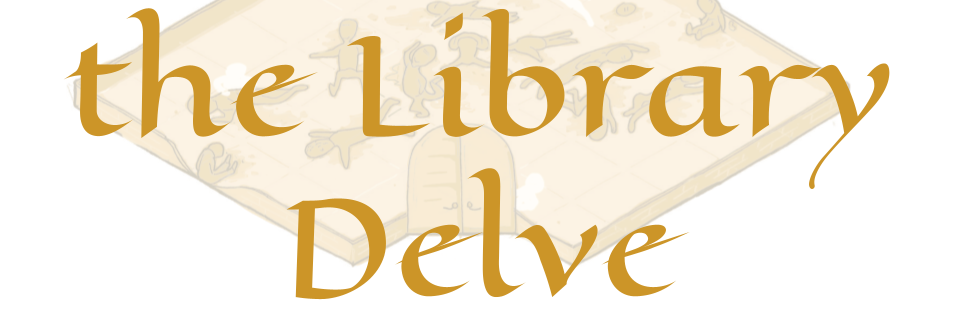the Art of Faction Relationships
My adventure involves a central faction. During its creation, I found little blogging concerning mechanisms for party-faction relationships. Guess I should fill that gap. Here’s my preferred method for handling factions, through the lense of a faction of librarian ghosts:
what Factions want
I've written about factions before, defining them to have goals, obstacles and assets. Three crucial aspects for players to manage their faction relationships. In many ways, an adventuring party will become an obstacle or asset themselves. But it all starts with the question: what does a faction want?
”We librarians were murdered for keeping their treasure of knowledge. Now our spirits haunt the shelves. What we want? Revenge, of course. Who wouldn’t? But our passion for knowledge never wavered. Our drive to protect these books keeps us bound to this realm. We still stand as a wall between those bookthieves and their prey.”
Consequences either way
Obstacles keep a faction from achieving their goals. Somehow, they’re impossible to overcome. That’s where the party comes in. Of course, they could overcome any obstacle. And in return? Access to the faction’s assets, surely.
Many games, both TTRPG and digital, stop there. Once a faction’s favor has been won, their assets are essentially the party’s. This irks me. As the players use assets, their standing with the faction may just dwindle again. Relationships with a faction remain in flux this way, and players have a harder time abusing the assets. It introduces choice: when and where to exploit the party’s good name.
So how does a party increase or decrease a faction’s favor?
- (+) Bring down a faction’s obstacle
- (+) Expand the faction assets
- (-) Add to a faction’s obstacle
- (-) Use the faction assets
”Pens are said to be mightier than swords. Our library proves that. The massacre wasn’t pointless: these thieves desire the power held inside our tomes. They took some already. Please, bring back our assets and hand out justice. Maybe you’ll then be allowed to share in our power.”
the Mechanisms of it all
Keep tracking this system simple. If you’re like me, and like a fluctuating faction’s opinion of the party, it’s best to make that manageable. I like 5-point tracks: they make changes impactful, but retain a little leeway. At their highest point, a faction views you as an ally. At the lowest, they become hostile. Even if you conceal this exact mechanism to your players, they’ll catch on to the idea pretty quickly. As they should.
”Don’t exceed our patience, my friends. Yes, you helped us rid that scourge from our library, but we won’t allow you to become their mirror image. We will grant you one last book. Be warned though, as you’ll regret any further transgression. There’s always another adventuring party seeking fame and glory.”
Nothing is Binary
This isn’t the only way to run a faction, just one I like. And even then, individuals within a faction won’t always adhere to their faction's opinion of the players. Allies can easily arise from hostile communities. My aim here is not to set everything in stone, but to provide a simple framework that gives a GM breathing room to focus more on other aspects of play. Hopefully that came across.
Cheers,
Willem-Jan
If you would like more content like this, subscribe to our newsletter
Files
Get the Library Delve
the Library Delve
find this one-page dungeon answer any question... at a price
| Status | Released |
| Category | Physical game |
| Author | 1pagedungeons |
| Tags | cairn, Dungeons & Dragons, One-page, One-shot, OSR, Print & Play, shadowdark, Tabletop |

Leave a comment
Log in with itch.io to leave a comment.